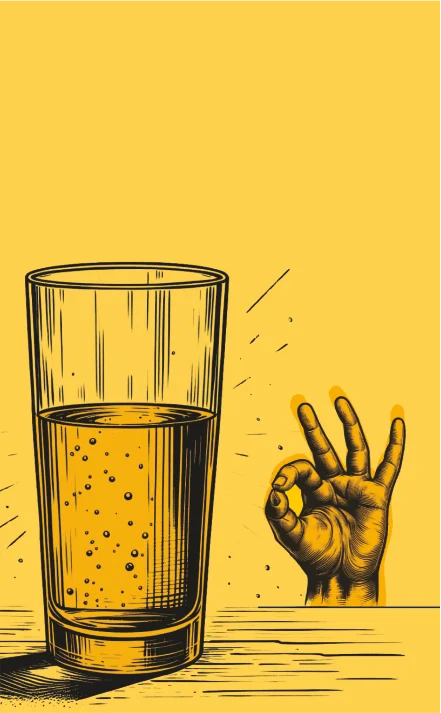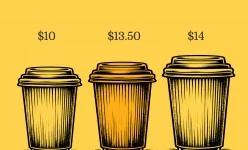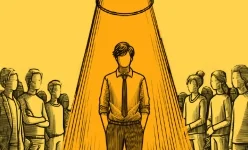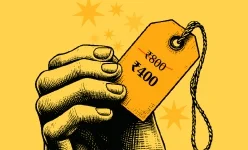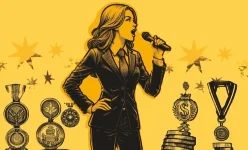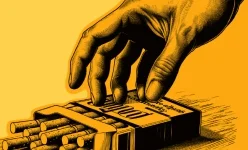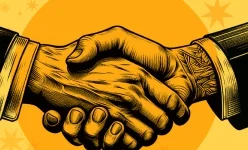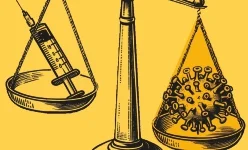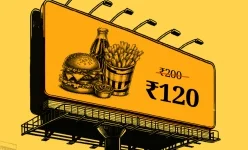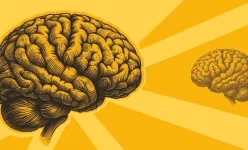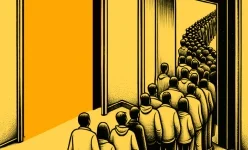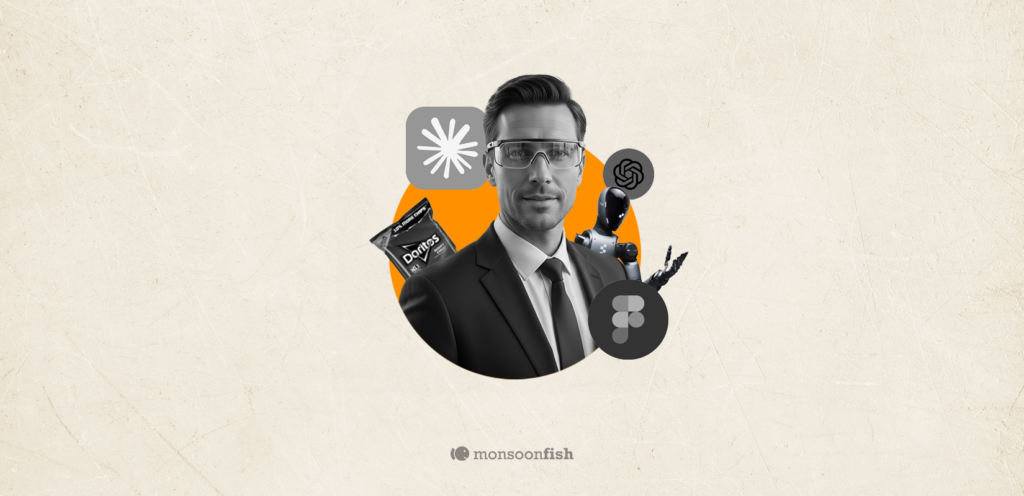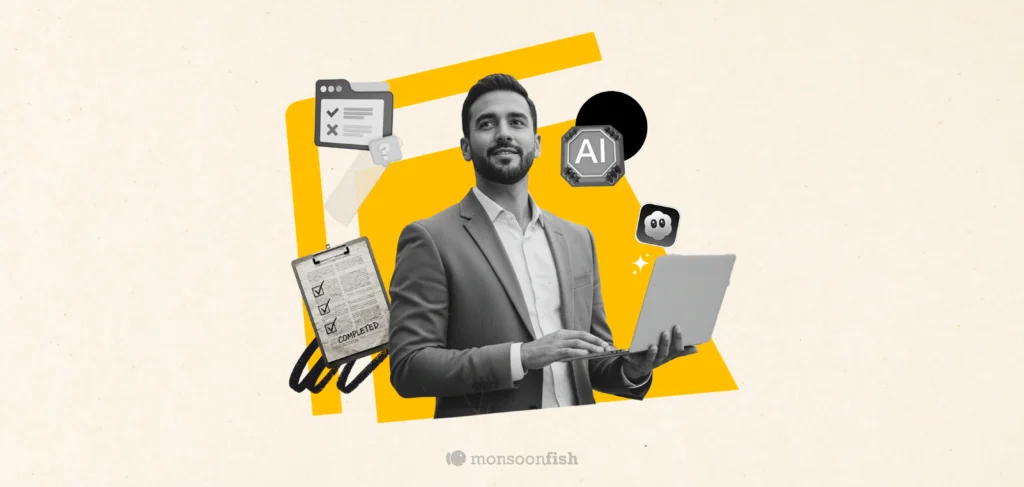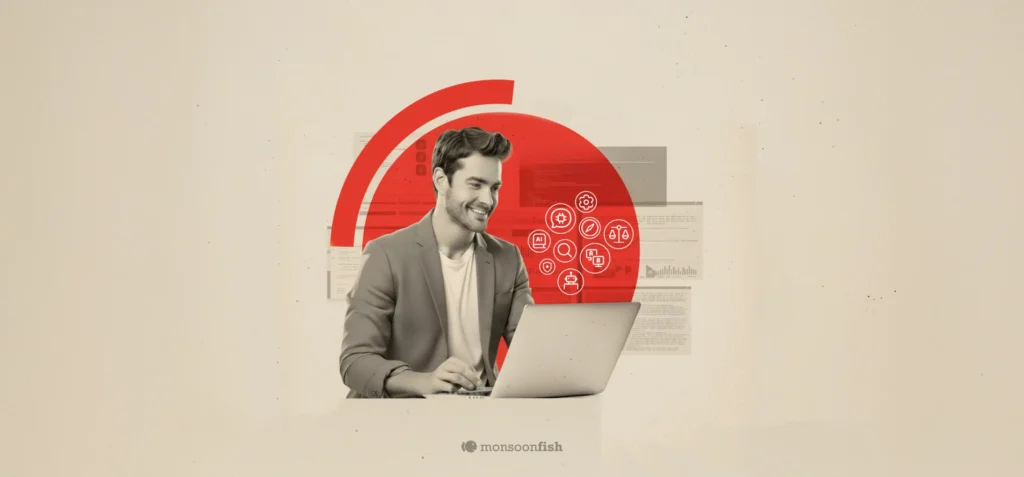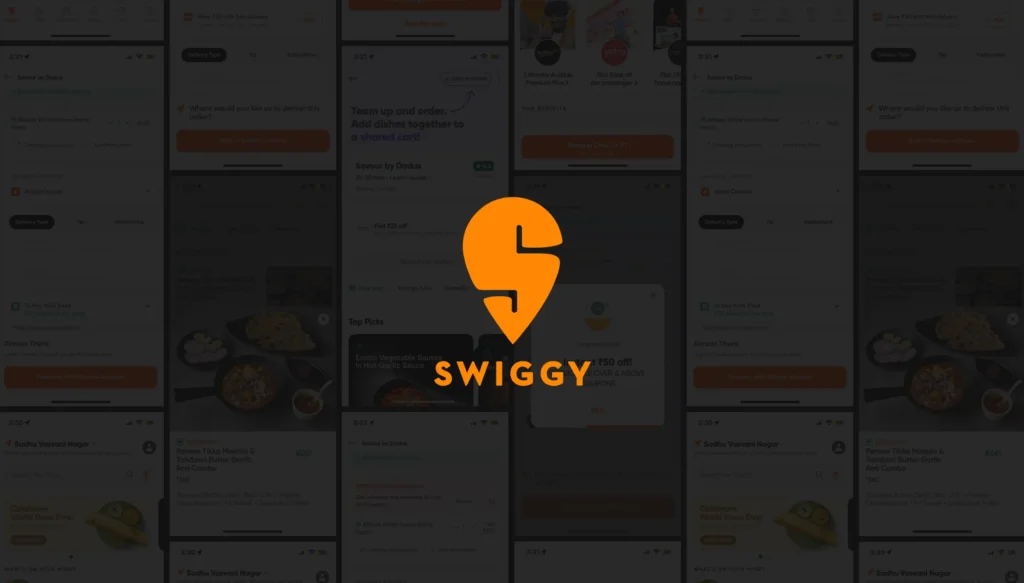Optimism Bias
Tendency to overestimate the likelihood of positive outcomes and underestimate the negative ones.
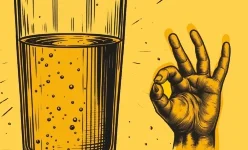
Optimism Bias
Zara had always dreamed of launching her own tech startup. As an ambitious software engineer, she felt confident that her idea for a new app would revolutionize the industry. In her mind, success was almost guaranteed—she had seen plenty of others succeed, and surely she was no different.
She poured all her savings into the project and rallied a small team of developers, convinced that their groundbreaking app would attract investors quickly. Zara focused on the benefits—how it would bring a fresh solution to the market, create buzz, and make her a name in the tech world.
However, things didn’t unfold as she expected. The app’s development faced technical issues, and the marketing strategy was less effective than anticipated. Despite this, Zara remained optimistic. “It’s just a rough patch,” she kept telling her team. “We’re close to a breakthrough. Investors will come soon.”
Even as the months dragged on, and the app’s user base stagnated, Zara couldn’t shake the belief that success was just one pivot away. She kept pushing forward, ignoring the mounting risks and reports of growing evidence that the market might not be as receptive as she had imagined.
This tendency to overestimate the likelihood of good things happening and underestimate the likelihood of bad things occurring is Optimism bias at play.
Zara’s unwavering belief in her startup’s eventual success made her ignore crucial signs that might have led her to pivot or rethink her strategy earlier. Optimism bias can cloud our judgment, making us believe that positive outcomes are inevitable while dismissing the risks that may stand in our way.
While optimism is essential for motivation, balancing it with realistic planning is key to overcoming challenges. Zara learned the hard way that success isn’t guaranteed just because we hope for it.
Contents
CATEGORIES
